2020 Yamaha YZF-R1 and YZF-R1M First Look

Yamaha announced new updates to the YZF-R1 and YZF-R1M for 2020, tweaking the engine, upgrading the suspension, adding new electronic features and redesigning the bodywork to improve aerodynamics.
The crossplane crankshaft 998cc Inline-Four receives new cam lobe profiles to optimize valve lift and finger-follower rocker arms for more stable valve opening and closing at high rpm. Yamaha also redesigned the intake layout, revising the cylinder head, moving the throttle valves closer to the combustion chamber to reduce intake volume, claiming improved combustion stability and greater efficiency. Yamaha engineers also relocated the Bosch injectors to the top of the throttle bodies (they were on the bottom on the 2019 R1). Yamaha says the 10-hole injectors deliver fuel more directly to the combustion chambers, spraying at a wider 21.5-degree angle.
Other engine updates include improved, more efficient lubrication, despite a smaller oil pump rotor and a wider second gear pinion for better transmission efficiency.
The exhaust system now employs four catalyzers, two in front of the exhaust chamber and two at the rear. Yamaha also revised the heat shielding and the silencer received more noise-reduction measures, helping the 2020 R1 meet Euro 5 standards.
The ride-by-wire throttle system was upgraded with a new Accelerator Position Sensor Grip system. The APSG uses a magnet with the sensor for a cable-less throttle, with Yamaha claiming reduced weight and smoother throttle control.
The electronics package was updated with a new Brake Control system, giving riders two selectible braking intervention modes. BC1 provides a fixed level of ABS sensitivity, which is suitable for straight-line braking, while BC2 is a corner-sensitive mode, increasing ABS sensitivity and intervention to adjust with lean angle.
The 2020 R1 also gives riders three levels of engine braking: high, medium and low. The engine braking management system analyzes gear position, engine speed, throttle position and throttle valve position to provide the requested amount of engine braking. Yamaha also updated the launch control mode that activates at 9000 rpm with a throttle opening of 41 degrees.
The R1’s 43mm Kayaba forks were tweaked with new damping valves and a reduced fork spring rate, which Yamaha claims will provide better feedback. Yamaha also modified the steering damper and rear shock settings.
The R1M uses the latest generation of Öhlins’ Electronic Racing Suspension, which gets a new NPX pressurized forkwith a gas cylinder built right into the fork axle bracket. The rear shock settings were also revised to complement the changes to the front end.
The R1’s bodywork has been reshaped, drawing more inspiration from Yamaha’s M1 MotoGP bike. The fairing’s sides now flow better into the fuel tank assembly for a cleaner, more integrated look. Yamaha says the M1-inspired fairings offer a 5.3% increase in aerodynamic efficiency.
The R1M gets a new carbon fiber tail cowl to match the front fairings and fender.
The 2020 Yamaha R1 will arrive in dealerships in September with a choice of Team Yamaha Blue or Raven black and a $17,300 price tag. The 2020 Yamaha R1M will only be offered in limited quantities for $26,099 through an online reservation system. Dealerships will begin receiving reserved orders in September.
2020 Yamaha YZF-R1 and YZF-R1M Gallery

Dennis has been a part of the Motorcycle.com team since 2008, and through his tenure, has developed a firm grasp of industry trends, and a solid sense of what's to come. A bloodhound when it comes to tracking information on new motorcycles, if there's a new model on the horizon, you'll probably hear about it from him first.
More by Dennis Chung



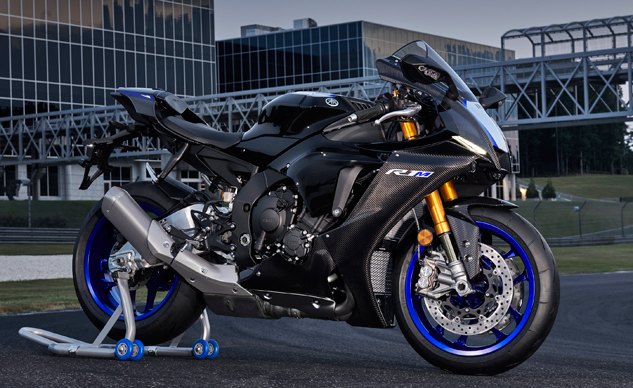

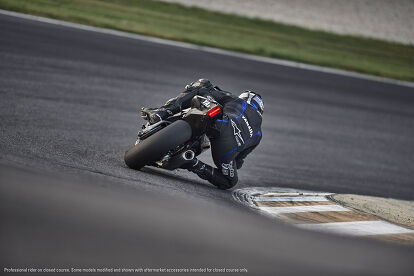







































































































































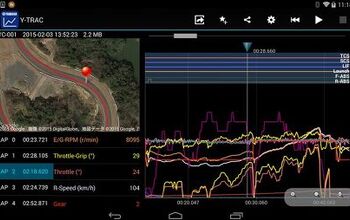
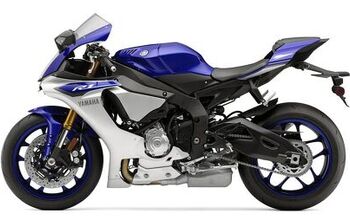
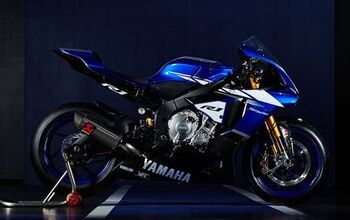

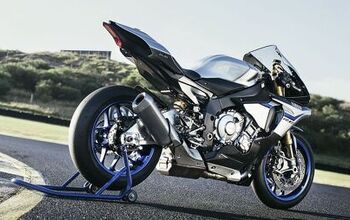











Comments
Join the conversation
No red-white option and the 'M' is 9 grand more than the base bike. Unless the reviews are ultra-stellar good luck selling many Yamaha. It is also weird that you are given the option if switching between ABS braking settings (straight-line vs cornering). Other manufacturers' systems give you both in one system. On the track maybe, just maybe, it might be good to optimize straight line braking for some tracks and braking in corners for others, but on the Street you will want both. And you can just turn ABS off completely on the track, right?